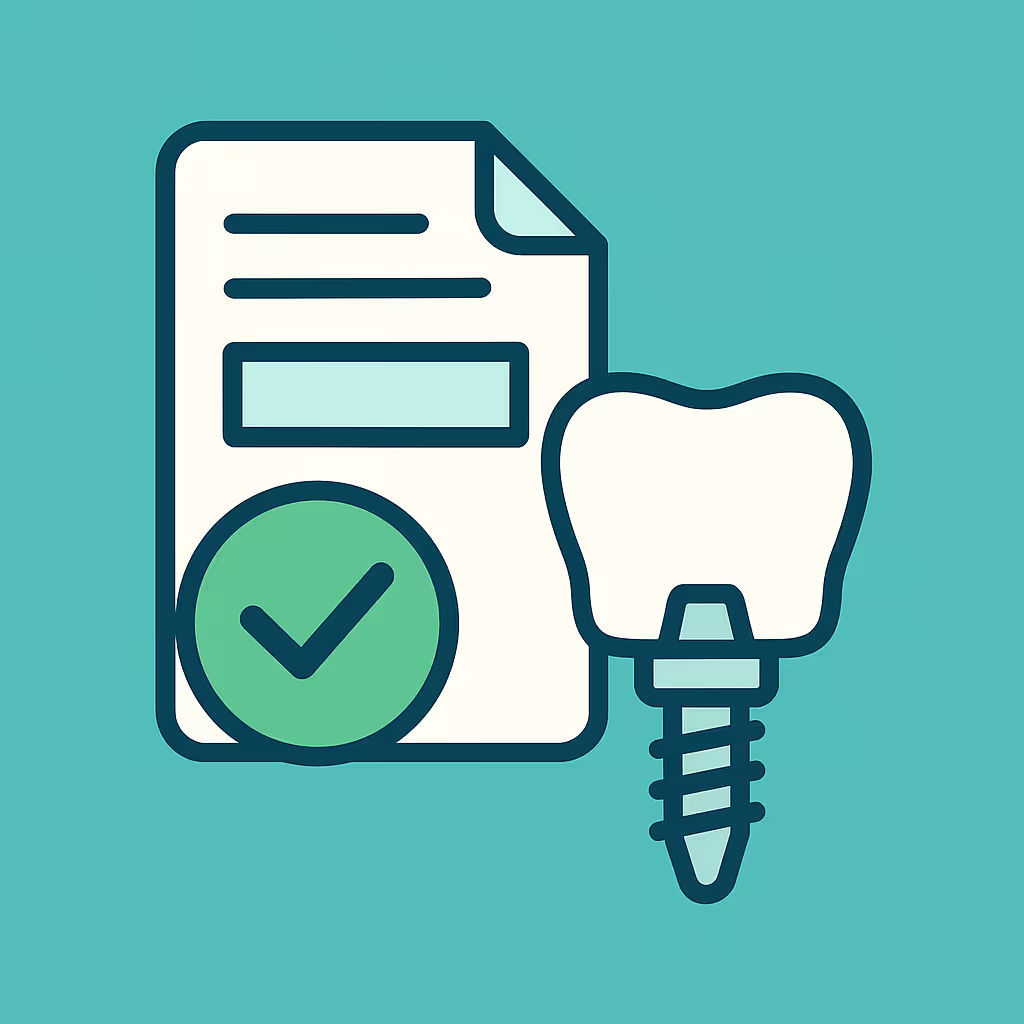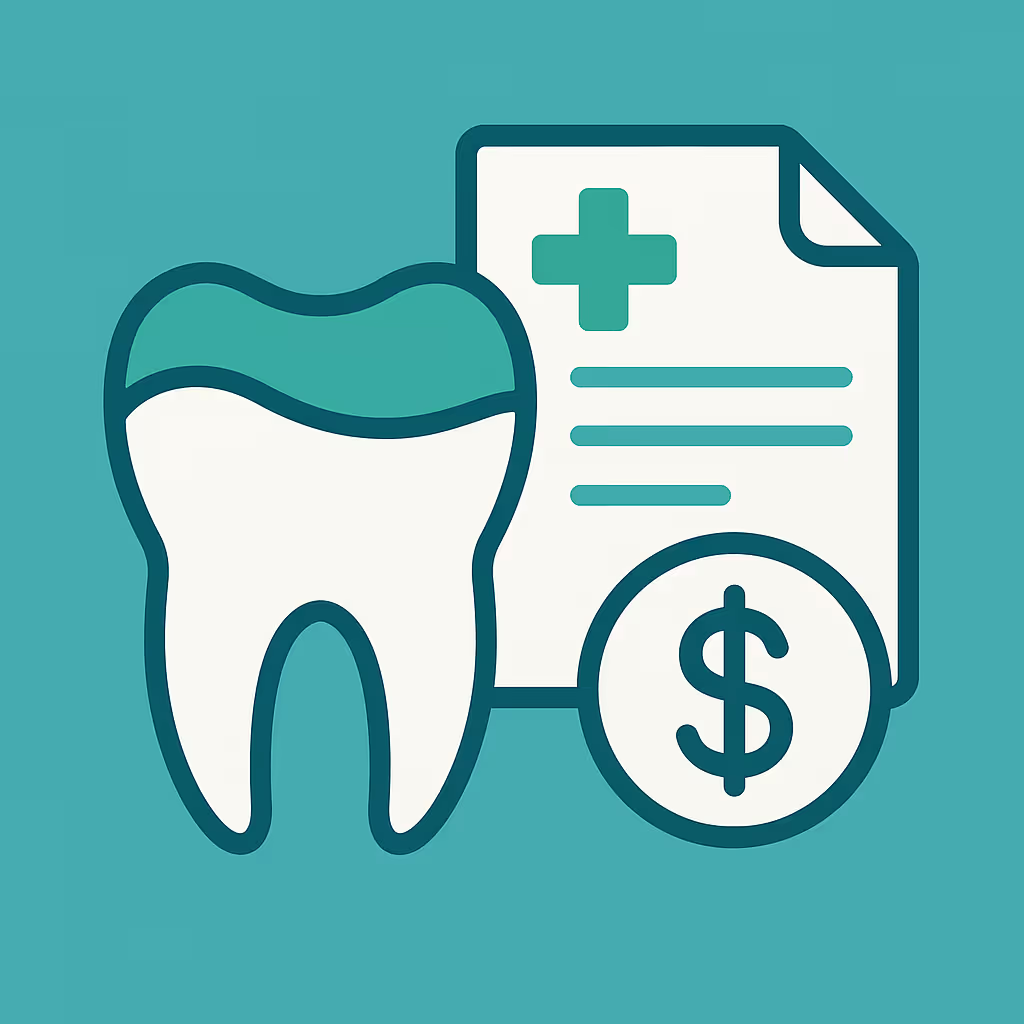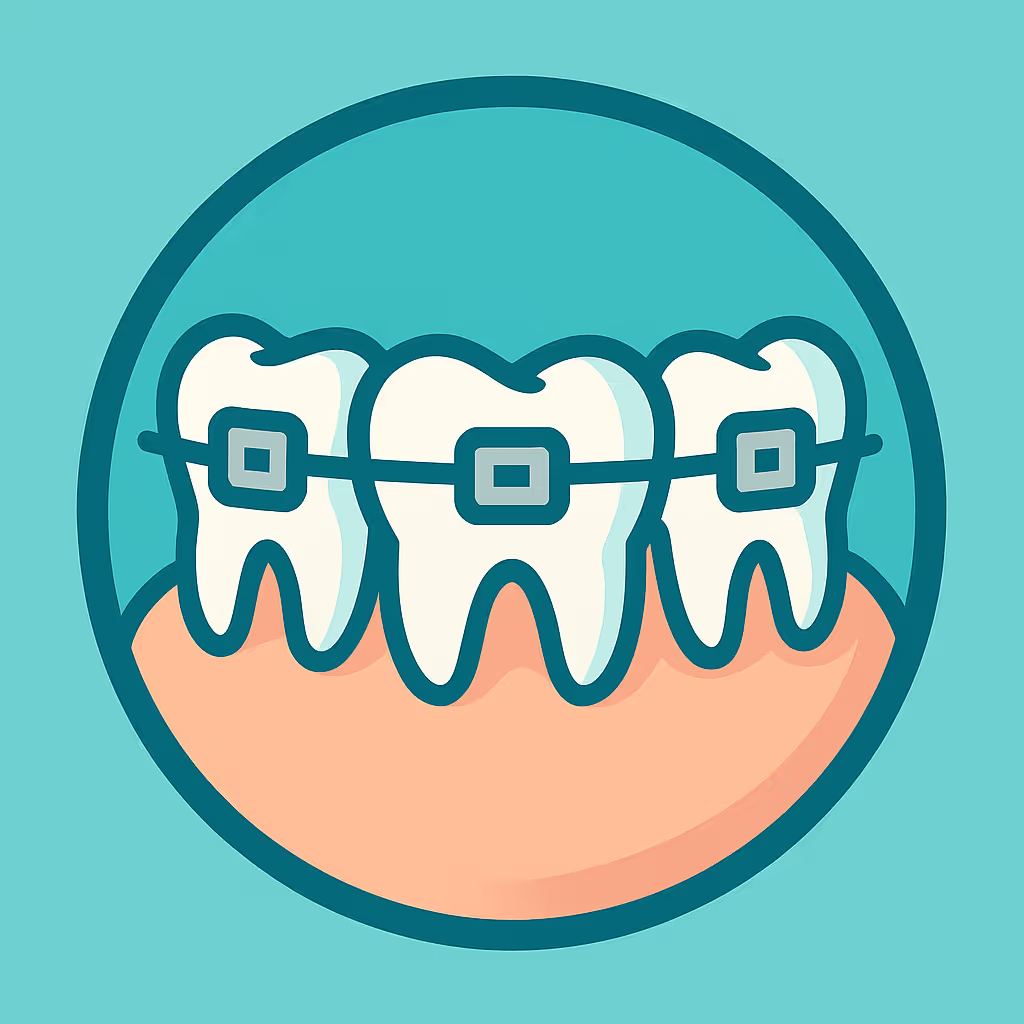Understanding Dental Code D5140
When to Use D5140 dental code
The D5140 dental code is used for billing an immediate denture—specifically, a complete maxillary (upper) or mandibular (lower) denture delivered immediately after teeth are extracted. This CDT code applies when a patient requires full arch extractions and receives a denture on the same day, ensuring they are never without teeth during the healing phase. It is essential to distinguish D5140 from codes for conventional dentures (complete dentures) or partial dentures, as immediate dentures involve unique clinical and laboratory steps.
Documentation and Clinical Scenarios
Proper documentation is critical for successful reimbursement of D5140. Clinical notes should clearly indicate:
- The medical necessity for immediate dentures (e.g., non-restorable teeth, advanced periodontal disease).
- The number of teeth extracted and the arch involved (maxillary or mandibular).
- Pre-operative and post-operative radiographs and diagnostic models.
- Patient consent and understanding of the immediate denture process, including follow-up appointments for adjustments and relines.
Common clinical scenarios include patients with terminal dentition due to decay or trauma, or those seeking a rapid transition to dentures for functional or esthetic reasons. Always ensure the documentation supports the immediate nature of the service and the reason conventional dentures are not appropriate at this stage.
Insurance Billing Tips
To maximize reimbursement and minimize denials when billing D5140, follow these best practices:
- Insurance verification: Confirm patient eligibility and frequency limitations for dentures prior to treatment. Many plans have waiting periods or frequency restrictions (e.g., one denture per arch every 5–7 years).
- Pre-authorization: Submit a pre-treatment estimate with supporting documentation, including clinical notes, radiographs, and diagnostic casts, to reduce the risk of denial.
- Accurate claim submission: Clearly indicate the date of extractions and immediate denture delivery. Use the correct CDT code (D5140) and specify the arch treated.
- Follow-up on EOBs: Review Explanation of Benefits (EOBs) promptly for any denials or requests for additional information. If denied, submit a claim appeal with detailed clinical justification and supporting records.
- Coordination of benefits: If the patient has dual coverage, coordinate benefits to maximize reimbursement and minimize patient out-of-pocket costs.
Example Case for D5140
Consider a 62-year-old patient presenting with advanced periodontal disease and non-restorable teeth in the upper arch. The treatment plan involves extracting all maxillary teeth and delivering an immediate complete maxillary denture. The dental team documents the diagnosis, takes pre-operative impressions, and schedules the extractions and denture delivery for the same day. The insurance coordinator verifies coverage, submits a pre-authorization with radiographs and clinical notes, and bills D5140 on the date of service. The claim is approved, and the patient receives their immediate denture without a gap in function or esthetics.
By following these steps and ensuring thorough documentation, dental offices can streamline the billing process for D5140 and provide patients with a seamless transition to dentures.





